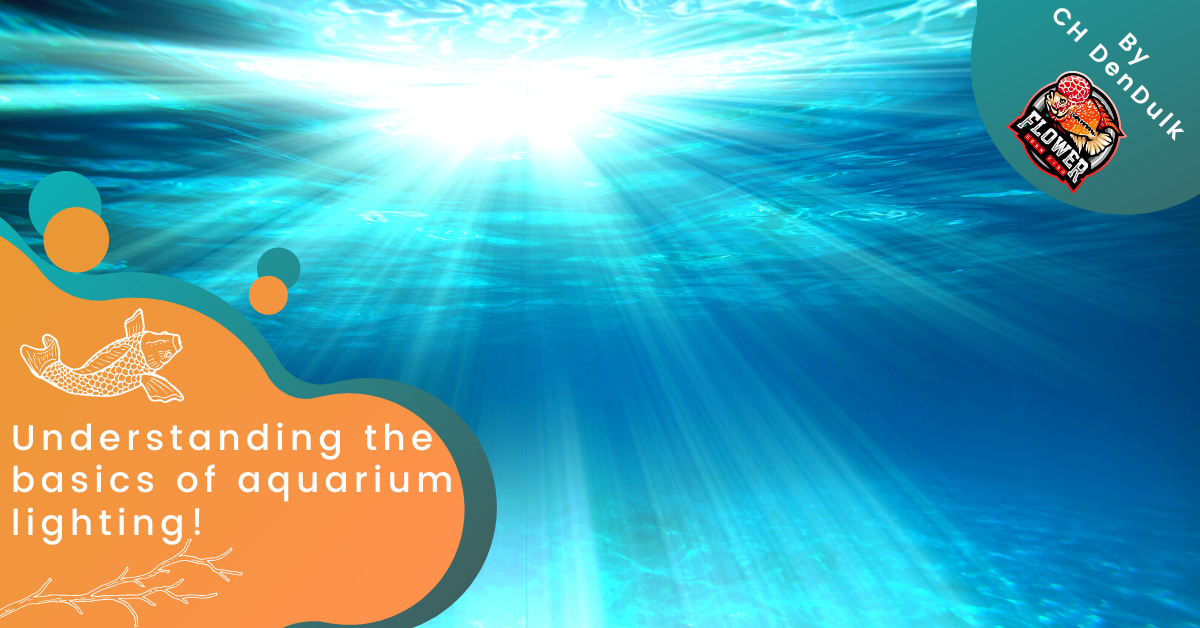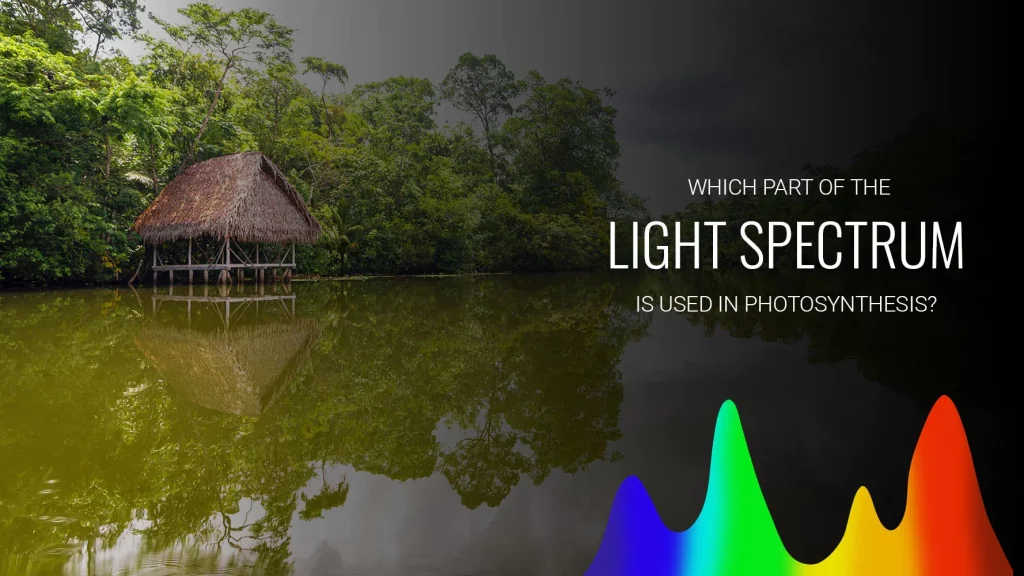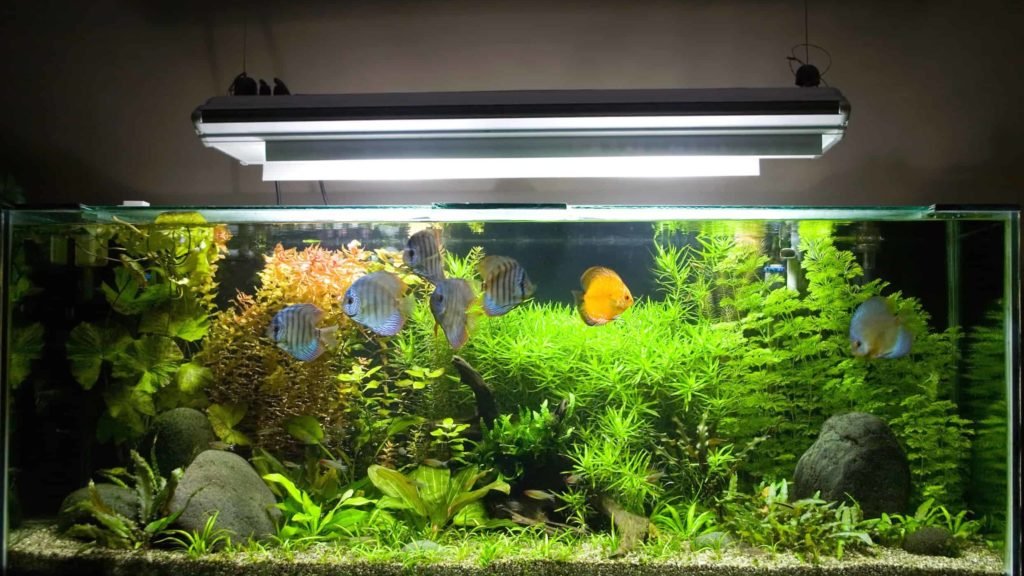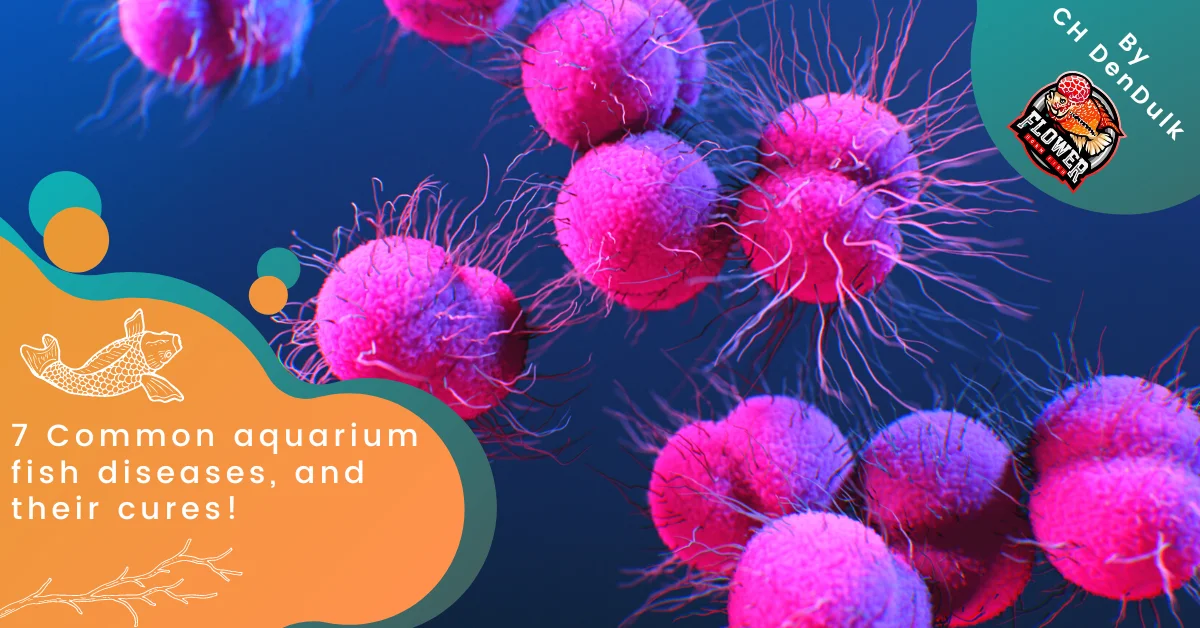Understanding the basics of aquarium lighting!

If you don’t know where to start with aquarium lighting, do not worry I have got you covered. All you need to do is to read this article and familiarize yourself with a few basic aquarium lighting terms so you will be able to make the proper purchasing choices between products when making your decision. The more you know and are informed, the more likely you will be to make the right choice when it comes to choosing the correct light for your aquarium. In this article, you will find an overview of important lighting terms to know as well as the benefits of having a proper aquarium light in your aquarium.
6 things you need to take into consideration before buying an aquarium light:
- Type of Tank: The type of tank you have will affect the type of light system you need. For example, a reef tank with corals will require a different light system than a freshwater tank with plants.
- Spectrum: Different plants and animals require different light spectrums. Consider the color temperature and intensity of the light, and make sure it is appropriate for your tank inhabitants.
- Duration and Intensity: Consider the duration and intensity of the light system. Some plants and animals require more or less light, and you may need to adjust the duration and intensity accordingly.
- Type of Light: There are several types of light systems available, including fluorescent, LED, and metal halide. Each has its advantages and disadvantages, so consider which type is best suited to your tank.
- Budget: The cost of the light system is also a factor to consider. LED lights are more energy-efficient and can save money in the long run, but they may have a higher initial cost.
- Aesthetics: The appearance of the light system can also be a factor. Some people prefer a sleek and modern look, while others may prefer a more traditional look.
For how long should I keep my lights on?
The length of time that aquarium lights need to stay on depends on several factors, including the type of aquarium you have, the types of plants or animals you have in the tank, and the intensity of the light. In general, most aquariums require 8-12 hours of light per day. This is to mimic the natural cycle of day and night and to provide enough light for photosynthesis for aquatic plants. However, some aquariums may require less or more light depending on their specific needs.
For example, if you have a reef aquarium with corals and other photosynthetic organisms, you may need to provide up to 12-14 hours of light per day with a higher intensity light. On the other hand, if you have a tank with primarily fish and no live plants, you may only need to provide 6-8 hours of light per day. It’s important to also note that excessive light can cause problems such as algae blooms and stress to some aquatic species, so it’s always best to research the specific needs of your aquarium inhabitants and adjust the lighting accordingly.

Useful lighting terms you should know:
Watts:
If you are familiar with light bulbs you are probably used to seeing the term “watt” being highlighted on the packages. The wattage of light is simply a description of how much energy the aquarium light requires. The higher the wattage, the brighter the light is the more light it can output. Most aquarium lights come in a wide variety of different wattages for tanks of different sizes.
Lumen:
Lumen is a unit of measurement for the amount of visible light that a light source produces. When it comes to aquarium plants, lumen is an important factor to consider because plants require a certain amount of light to photosynthesize and grow. Different species of aquarium plants have different requirements when it comes to lighting, so it’s important to choose a lighting system that will provide the appropriate amount of light for the plants you have in your tank. Generally, the more light a plant requires, the higher the lumen output your lighting system should have. It’s also important to note that the depth of your aquarium will impact the amount of light that reaches the plants at the bottom of the tank. For deeper tanks, you may need to use a more powerful lighting system or place the lights closer to the plants to ensure they receive enough light.

Kelvin Rating:
The Kelvin rating is a measure of the color temperature of light, and is commonly used in the aquarium hobby to describe the color of light used to illuminate aquariums. For aquarium plants, the Kelvin rating of the lighting can have a significant impact on their growth and overall health. Most aquarium plants require a certain range of light wavelengths to perform photosynthesis effectively. In general, aquarium plants do best under lighting that has a Kelvin rating between 5000K to 7000K.
Which is in the range of white to daylight color temperature. Lighting with a higher Kelvin rating, such as 8000K or above, will produce a bluer or cooler light that can enhance the colors of certain fish and aquarium décor, but may not be ideal for plant growth. On the other hand, lighting with a lower Kelvin rating, such as 3000K or below, will produce a warmer, more yellow or red light that can be visually pleasing but may not provide the necessary wavelengths for plant growth.
PAR (Photosynthetically Active Radiation):
Photosynthetically Active Radiation (PAR) is the range of light wavelengths that are most effectively used by aquatic plants for photosynthesis. PAR is typically measured in micromoles per square meter per second (µmol/m²/s) and is essential for understanding how much light your aquatic plants need to thrive in a planted aquarium. In a planted aquarium, the amount of PAR that plants receive can significantly impact their growth and health. Too much or too little PAR can cause stunted growth, reduced leaf production, and even plant death. Different types of aquatic plants have varying PAR requirements, and it is crucial to provide them with the appropriate amount of light to ensure their proper growth.
High-light plants, such as red or colorful aquatic plants, require higher PAR values, while low-light plants, such as Java fern and Anubias, require lower PAR values. Therefore, it is essential to choose the right PAR values based on the types of plants you have in your aquarium. To measure PAR in an aquarium, a PAR meter is used to determine the amount of light that is hitting the plants’ surface. PAR meters measure the light’s intensity and provide an accurate reading of the amount of PAR your plants are receiving. Based on the PAR reading, you can adjust the lighting fixture’s distance from the water surface or the duration of the light to ensure that your plants are receiving the required amount of PAR.
PUR (Photosynthetically Usable Radiation):
PUR stands for Photosynthetically Usable Radiation and is a measure of the amount of light that plants can use for photosynthesis. In the context of aquarium plants, PUR is important because it helps determine the type and intensity of lighting needed for optimal growth. Aquarium plants require specific wavelengths of light for photosynthesis to occur, and different types of plants have different lighting requirements. For example, low-light plants such as Java fern and Anubias require lower-intensity lighting and can thrive in aquariums with lower PUR values. On the other hand, high-light plants such as red Ludwigia and dwarf baby tears require higher-intensity lighting and a higher PUR value to grow successfully.










